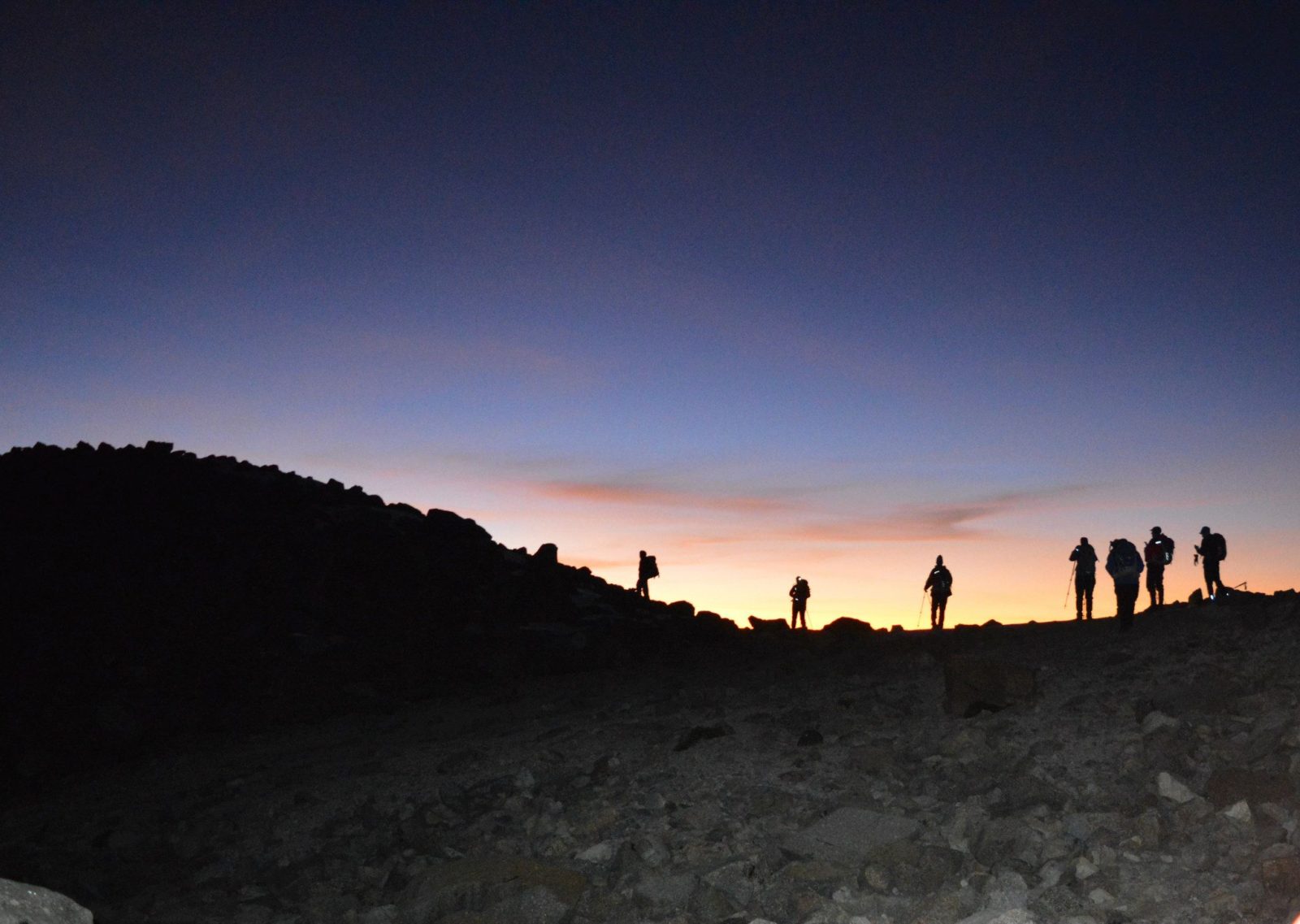
Mount Kenya Advice
MOUNT KENYA ADVICE
This page pertains to advise about the trekking peak up Mount Kenya, with some information about the climbing peaks. For specific inquiries please contact us.
HOW MUCH WILL YOU CARRY?
We run trips of different types on Mount Kenya. The general format is to provide full porter support so you’ll just be carrying a day pack with essentials that you’ll need during the day (waterproofs, snacks, personal medication, sun cream, sunglasses, water, etc). Porters will carry your main pack, food, group equipment and tents (if required), if you’re climbing on a traverse then any kit that you don’t need on the mountain will be stored securely and returned to you again when you come off the mountain. We do not allow porters to carry more than 20kgs so please do not overfill your bags with unnecessary equipment (your main pack should weigh no more than 15kg).
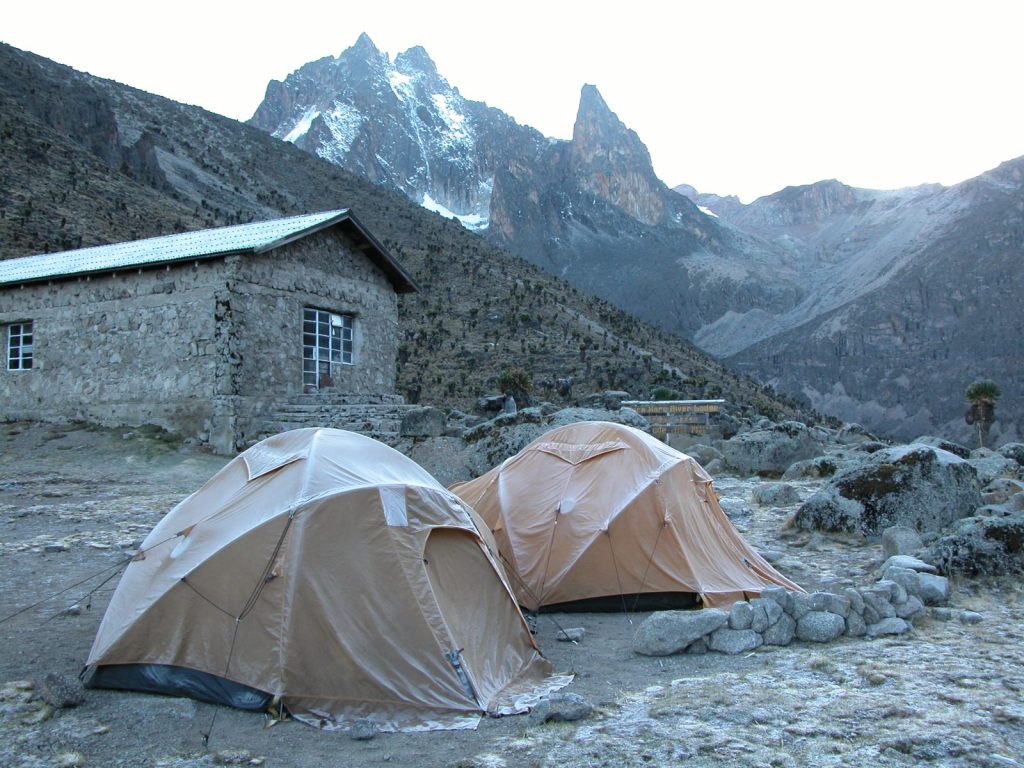
In an alternative format, you could carry all your own kit. This is normally about 15 kilogrammes for a 5 day / 4 night climb and although it will require more personal effort it can enhance the sense of achievement. This will reduce the per person cost of the climb, please contact us for the discounted price if you plan to climb Mt Kenya carrying all of your own kit.
KEEPING IN TOUCH WITH HOME
Your mobile phone may work on parts of the mountain with a good line of sight to the towns below (slightly dependant on which network you are using) as long as you have roaming access. Please note you cannot charge batteries anywhere on the mountain. You may need to walk a little distance to find a spot with a signal. Also, do not expect to get 3G connection, mostly you will find it is text only.
KEEPING DRY AND WARM
There is little doubt that you will have some rain, and it is likely to be in the lower regions around the montane or forest level. Waterproofs are necessary; remember that on the equator the rainy season is traditionally April and September/October.
Expect short-term extreme conditions, i.e. sharp showers of rain, hot sun, gusts of wind, snow and low night temperatures. Clear nights will be colder but more beautiful, and generally, the cloud builds up mid-morning, only to dissipate again with the setting sun. Up higher it will be colder and windier so the shell jacket is really vital; temperatures can drop dramatically, and there may be snow. Summit morning can be icy underfoot, and very cold (minus 10°C) so good boots with hats and gloves are important.
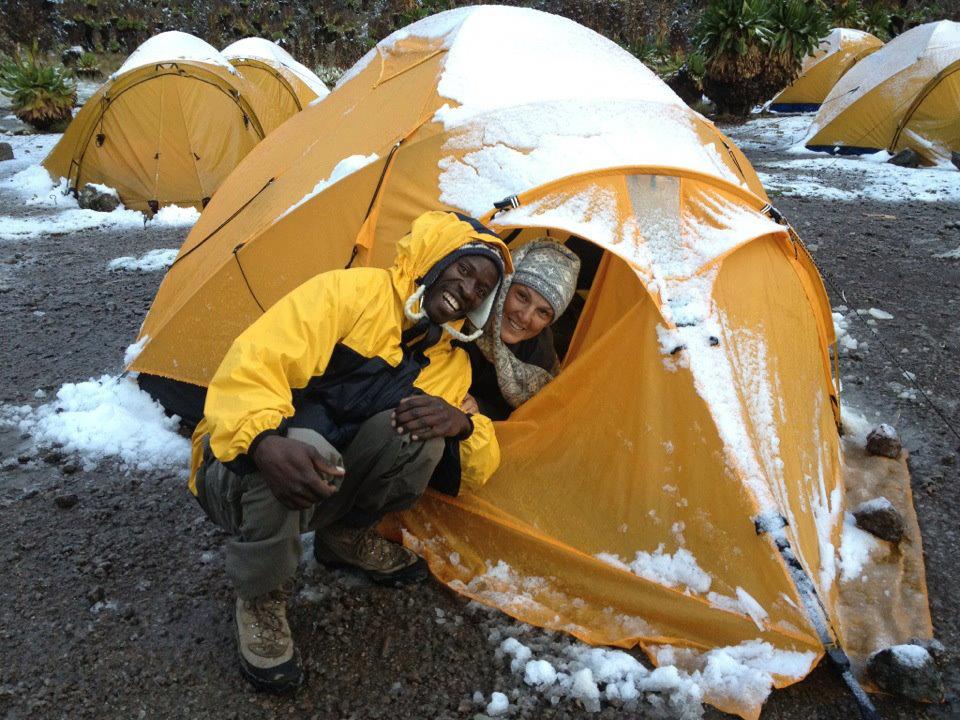
Work on a ‘wet and dry’ system so that if your T-shirt gets wet during the day, you always have a dry T-shirt and warm top to change into the moment you get to camp. This is really important for morale if nothing else. Don’t let people keep wet clothes on. It’s such an obvious point but commonly ignored.
DAILY ROUTINE
Generally, breakfast is between 7.30am and 8.00am, and departure from camp is at 9.00am. There is a lunch at midday, tea and biscuits around 4 pm and dinner at 7 pm. Summit morning is different; tea and biscuits at midnight to start hiking at 1am or 2am.
The pace is slow and not forced at all. There is a rest at least once every hour and plenty of time to take photos, enjoy the view and chat. When you arrive at the huts / camps you will find your bags ready to collect. In the morning please have your bags packed before breakfast.
TIPS
Adventure Alternative is proud to pay excellent salaries. We are members of the Kilimanjaro Porters Assistance Project, the Ethical Tour Operators Group and the AITO Sustainable Tourism Committee. We also fulfil and exceed the International Porter Protection Group (IPPG) guidelines on porter safety. For more information about tipping see our tipping cheat sheet.
MOUNT KENYA – TERRAIN AND FITNESS
GENERAL FITNESS REQUIRED
To climb to Point Lenana on Mount Kenya you don’t need to be a super-fit athlete or experienced mountaineer. The trek is accessible to anyone with good basic fitness and an enthusiasm for the outdoors. It will be an advantage to have good previous hill-walking experience and therefore be familiar with walking in the countryside for many hours at a time and there is no doubt that using Chogoria route on the ascent or descent is a more challenging option than the likes of Sirimon or Naro Moru.
You will enjoy the trip all the more if you do have good fitness and experience. Therefore we do advise that on the lead up to the trip you do spend time checking and working on the kind of fitness that you need for the trek. The ideal preparation is spending a good number of hours walking on rolling terrain with a small pack of about 5kg on your back. Other forms of cardio-vascular exercise such as running, cycling and swimming will also of course help with the right kinds of fitness, though especially if they focus mainly on the legs.
All of our staff have climbed Mt Kenya many times so if you have any doubts or questions, do give us a call or email to discuss.
TYPE OF TERRAIN
The first day tends to involve a drive up to the National Park Gate (this could be by 4×4 if you are using the Chogoria route) and then a trek, through the dense hardwood forest but this will be on a good vehicle track so the going is generally easy underfoot, unless there has been a lot of rain when it can be a bit muddy. Above the first camp, the forest opens out to the alpine heath. The path can at times be more indistinct, the terrain is open and tussocky and can be a bit harder than the path below, but still fairly straight forward on all of the routes.
Higher up, the heathland thins and the way is more bare, rocky tracks following ridges and rivers to reach the 2nd camp. From here you are up close and personal with the jagged rocky peaks and remaining glaciers which feed numerous small lakes and tarns dotted around the peaks. Summiting Mount Kenya will involve tackling a scree slope before the summit attempt.
Book Your Adventure of a Lifetime Now
Discover our trips to other Countries
Adventure Alternative Articles
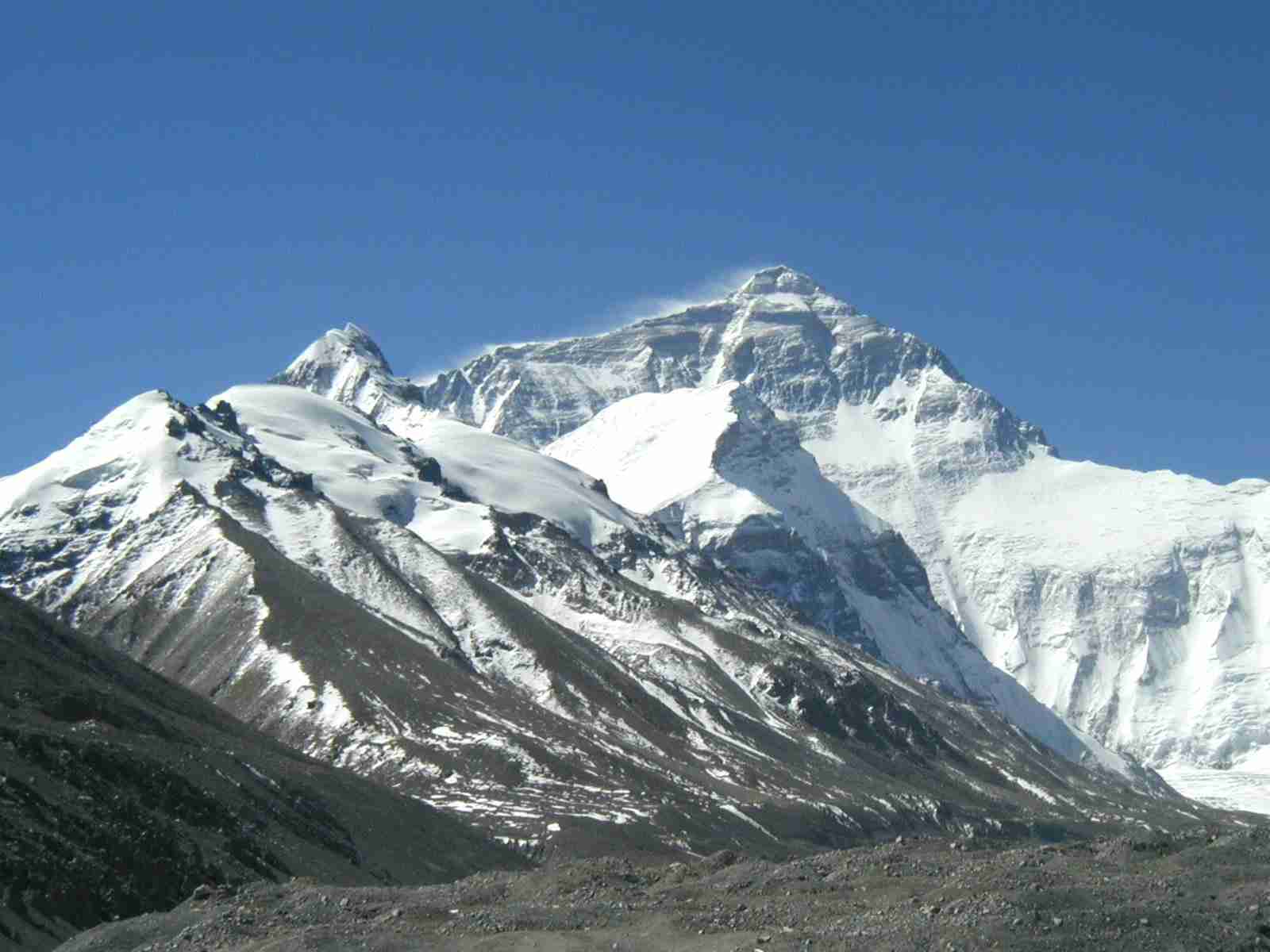
12 MONTHS, 12 MOUNTAINS
Climbing Calendar Ready for World Mountain Day In celebration of World Mountain Day, we've created a calendar for the year to make it easy for...
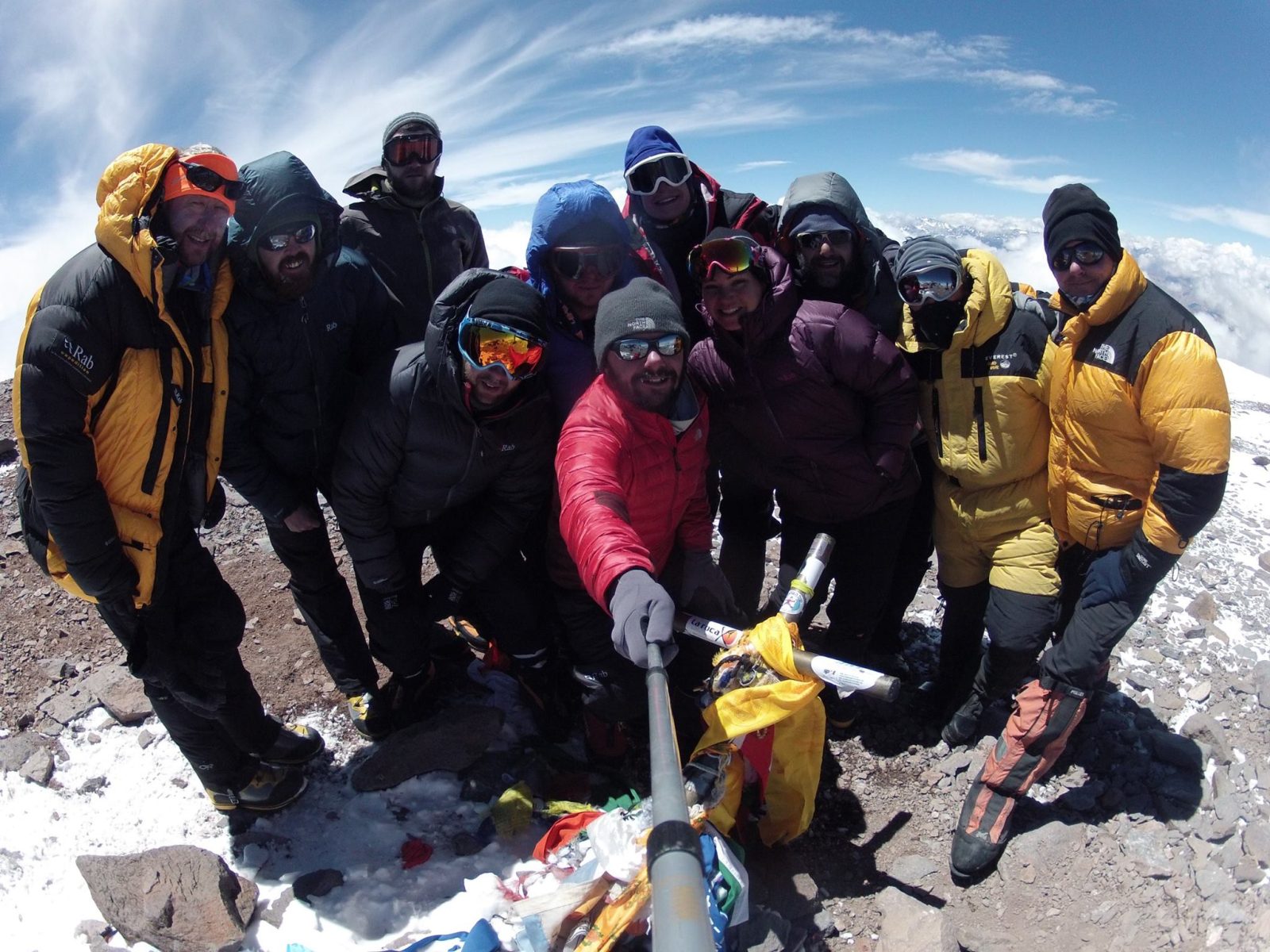
Mount Aconcagua Trip Review
January 2016 This year we had a team of twelve clients from four different countries – Iran, Ireland, England, South Africa and Argentina –...
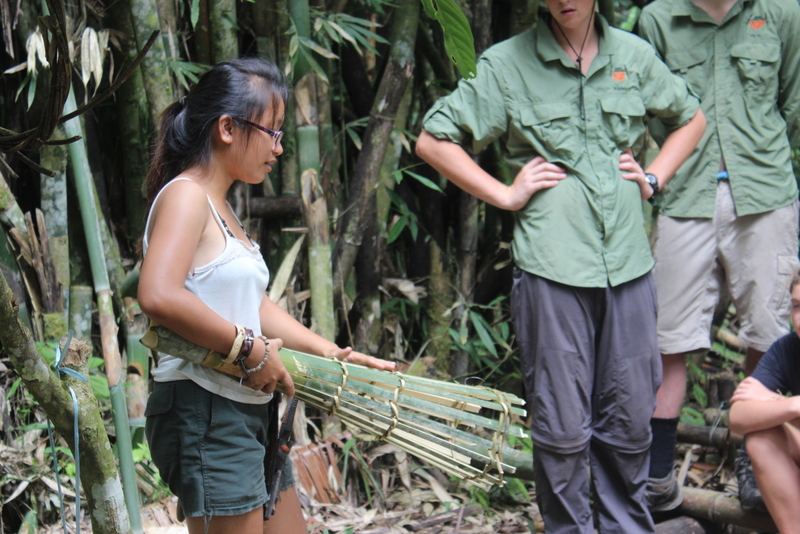
Alcey’s Survival Skills Course at Lupa Masa Jungle Camp
SURVIVAL SKILLS COURSE AT LUPA MASA JUNGLE CAMP | ADVENTURE ALTERNATIVE In celebration of International Rural Women’s Day, we’re talking...